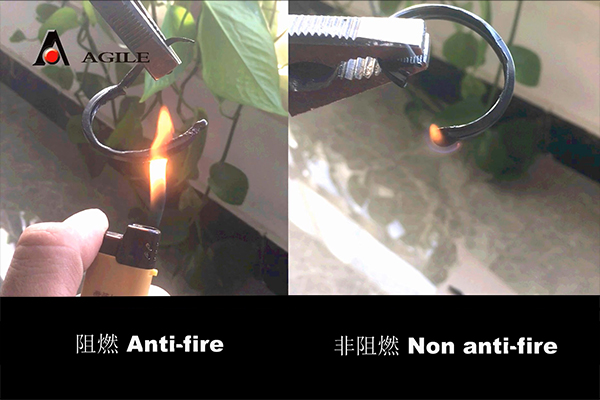synchronous belt vs timing belt
Synchronous Belt vs. Timing Belt Understanding the Differences
When it comes to mechanical components in machines and automotive engineering, two terms that often arise are synchronous belt and timing belt. While they may sound similar and serve related purposes, understanding their distinctions can significantly influence design choices and their application in various engineering contexts. This article aims to clarify the differences, functionalities, and applications of synchronous belts and timing belts.
Definitions and Basic Concepts
A synchronous belt is a type of drive belt that connects two or more rotating shafts to ensure that the rotations of the shafts remain in sync. It features teeth along its inner surface, which mesh with the corresponding teeth on pulleys. This design eliminates slippage, allowing for precise transmission of rotational motion. Synchronous belts are commonly used in various applications, including conveyor systems, robotics, and industrial machinery.
On the other hand, a timing belt is a specific type of synchronous belt, primarily used in internal combustion engines. Its primary function is to synchronize the movement of the crankshaft and camshaft(s) to ensure that the engine's valves open and close at the correct times during each cylinder's intake and exhaust cycles. While all timing belts are synchronous belts, not all synchronous belts serve as timing belts.
Key Differences
1. Design and Formulation - Timing belts are typically narrower than general synchronous belts and often come with specific tooth profiles designed for engine applications. - Synchronous belts can vary in width and tooth design, often being much broader and stronger to handle higher loads in industrial applications.
2. Applications - Timing belts are specifically engineered for use in engines, where precise timing is critical for optimal performance. - Synchronous belts, however, can be found in numerous applications beyond automotive uses, including textile machinery, packaging equipment, and automation systems.
3. Material Considerations - While both types of belts are usually made from reinforced rubber, timing belts may contain specific materials formulated to withstand the high-temperature environments found in engines. - Synchronous belts may be crafted from various materials according to their application, with varying degrees of flexibility and strength.
synchronous belt vs timing belt

4. Tooth Design and Configuration - Timing belts often feature specific tooth designs (like trapezoidal teeth) that are intended to engage precisely with geared pulleys in engines. - Synchronous belts might come with different tooth shapes and configurations, suited for diverse applications requiring varying torque transmission capabilities.
Advantages and Disadvantages
Both belts have their unique benefits
.Advantages of Synchronous Belts - They provide continuous and reliable motion without slippage. - They can handle heavy loads and are highly versatile. - They operate quietly and require less maintenance than chain drives.
Disadvantages - If misaligned or subjected to extreme conditions, they can wear out quickly. - They might require more sophisticated alignment mechanisms in some applications.
Advantages of Timing Belts - They are crucial for maintaining the timing in engine performance. - They are designed to tolerate mechanical stresses and high temperatures.
Disadvantages - Timing belts generally have a shorter lifespan than other types of belts due to the harsh operating conditions within an engine. - Replacement often requires significant disassembly, which can be time-consuming.
Conclusion
In summary, while both synchronous belts and timing belts play integral roles in their respective applications, they are not interchangeable. Understanding the distinctions in their designs, functionalities, and applications is essential for engineers and mechanics to make informed decisions. Whether one is working on a complex industrial system or a routine engine tune-up, knowing which belt to use can significantly enhance the performance and reliability of the machine.








